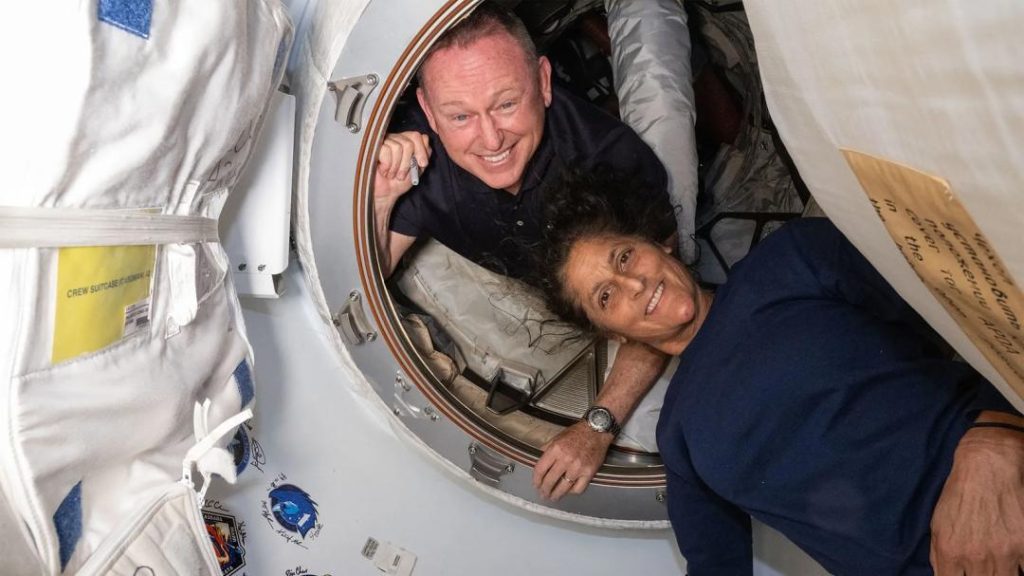
What Challenges Will Sunita Williams and Butch Wilmore Face After Returning to Earth?
Next week, astronauts Sunita Williams and Butch Wilmore will return to Earth after completing their mission to the International Space Station. While it’s a triumphant moment for them, it’s also a challenging one. The transition from life in space to life on Earth is not an easy one, and the astronauts will face several hurdles as they readjust to their new environment.
One of the most significant challenges they will face is the loss of bone density. Prolonged exposure to microgravity causes the bones to lose mass and density, which can lead to osteoporosis and other bone-related problems. This is because the muscles and bones are not subjected to the same gravitational stresses as they would be on Earth, causing them to weaken. To counter this loss, the astronauts will need to engage in physical exercises and other activities that stimulate bone growth.
Another challenge they will face is the development of “baby feet.” In microgravity, the feet don’t bear the same weight and pressure as they do on Earth, which can cause the muscles and tendons to atrophy. This can lead to a loss of strength and flexibility in the feet, making it difficult for the astronauts to walk or engage in other activities that require them to stand or move around. To combat this, they will need to engage in exercises that strengthen the muscles and tendons in their feet.
In addition to these physical challenges, the astronauts will also face some physiological challenges. Prolonged exposure to microgravity can cause the body to lose blood volume, which can lead to dizziness, nausea, and even fainting. This is because the body’s circulatory system is not adapted to function in microgravity, and the lack of gravitational pull can cause the blood to pool in the lower extremities. To counter this, the astronauts will need to engage in activities that help to restore blood volume and improve circulation.
The astronauts will also face some psychological challenges as they readjust to life on Earth. Living in space for extended periods of time can be isolating and lonely, and the astronauts may struggle to adjust to the sights, sounds, and smells of their home planet again. They may also experience some disorientation and confusion as they try to readjust to the gravitational forces of Earth.
Finally, the astronauts will face some logistical challenges as they readjust to life on Earth. They will need to undergo a series of medical tests and evaluations to assess their physical and mental health, and they will need to complete paperwork and other administrative tasks to document their time in space. They will also need to adjust to a normal sleep schedule, which can be challenging after living in a 24-hour cycle in space.
In conclusion, while Sunita Williams and Butch Wilmore’s return to Earth is a triumphant moment, it’s also a challenging one. They will face a range of physical, physiological, and psychological challenges as they readjust to life on Earth, and they will need to engage in a range of activities and exercises to counter the effects of their time in space. Despite these challenges, the astronauts are well-prepared and trained to overcome them, and they will ultimately emerge stronger and more resilient as a result of their experience in space.






